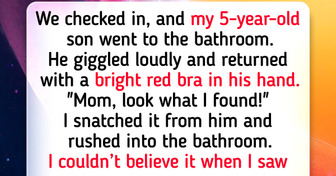My Stepdaughter Begged Me to Take Her to the Hospital, but I Refused

Imagine you’re looking up at the sky on a clear night, and you see all those beautiful stars twinkling up there. Well, one of them is Betelgeuse — a celebrity among stars. If you want to catch a glimpse of it, look up at the Orion constellation. It low-key looks like an archer holding a bow, and you can spot Betelgeuse as the reddish-orange dot on their shoulder.
It’s one of the brightest stars in the sky, so it’s hard to miss! Betelgeuse is not your ordinary star. First of all, it’s gigantic, up to 1,000 times the size of our Sun. Can you imagine that? It’s so enormous that if we could somehow replace our Sun with Betelgeuse, it would engulf all the inner planets, including Earth!
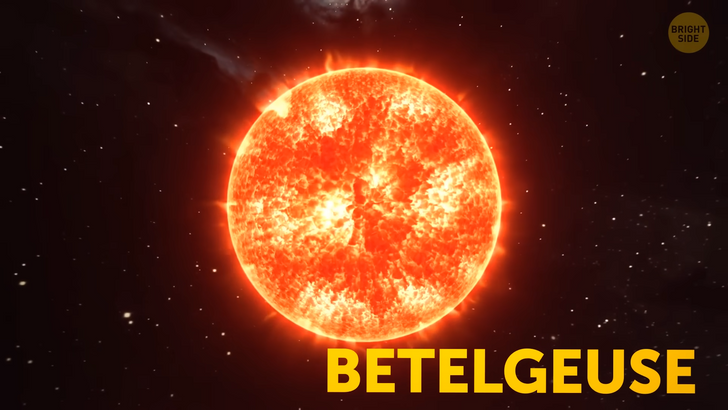
And here’s another fun fact: When we look at Betelgeuse, we’re actually looking back in time. Yup, you heard it right! Betelgeuse is about 600 light years away from us, so the light we see today actually left the star 600 years ago. It has quite a history. This star has been shining brightly for millions of years.
Long, long ago, even before smartphones and telescopes, ancient Sumerians were the first to spot Betelgeuse in the sky. And it’s been a diva this entire time. For example, in 1866, Betelgeuse became one of the brightest stars in the night sky. It was so dazzling that people could see it even during the day. Astronomers all around the world went bananas documenting this extraordinary event.
Since then, Betelgeuse has been playing hide-and-seek with us. It all started when Betelgeuse started to dim back in 2019. Since then, it likes to dim and brighten sporadically. But these changes in brightness tell us about something important. As we mentioned, Betelgeuse was always a bit of a troublemaker. It’s been living a fast and furious life.
Because of that, it has been burning its fuel at an incredibly fast rate. The changes in the star’s brightness are clues that Betelgeuse is approaching the end of its life cycle. The drama intensified when the Hubble Space Telescope snapped jaw-dropping images of Betelgeuse, like it was getting ready to blow its top. All this made scientists think that the star is close to retiring in a dramatic way. It’s about to go supernova!
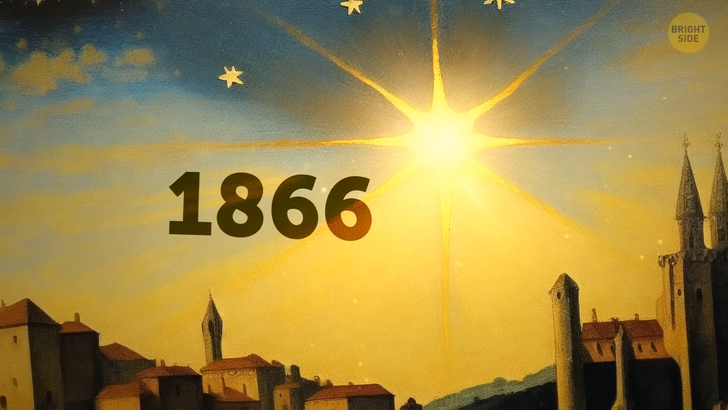
So, picture a star partying hard, powered by the fusion of hydrogen atoms. It’s like the star’s own energy drink. But just like any party, the fuel starts to run out. That’s when things get interesting. As the star guzzles up its hydrogen fuel, it slowly begins to run on empty. It can’t sustain itself anymore.
So now, it’s time for the grand finale! This finale is called supernova. The star collapses in on itself like a deflating balloon. The pressure and temperature inside skyrocket to mind-boggling levels. And this celestial tantrum triggers a colossal “bang”.
So, you can see why observing Betelgeuse is like having a front-row seat to the spectacular drama. But here’s the big question: When will this happen? Well, the answer is not as simple as setting a timer. You see, stars have their own schedules, and Betelgeuse is no different. It could be tomorrow, or it could be thousands of years from now. Scientists have come up with only a rough estimate.
They believe that Betelgeuse will go supernova within the next 100,000 years. Quite a spread, huh? Sure, that sounds like forever to us tiny humans, but in the vastness of the universe, it’s just a blink of an eye. But there’s a chance, just a tiny chance, that Betelgeuse could surprise us all and go supernova much sooner. Considering its dips in brightness, we might be in for a show within the next few hundred years. We’ll just have to wait and see. Now, if Betelgeuse does go kaboom, what will happen?
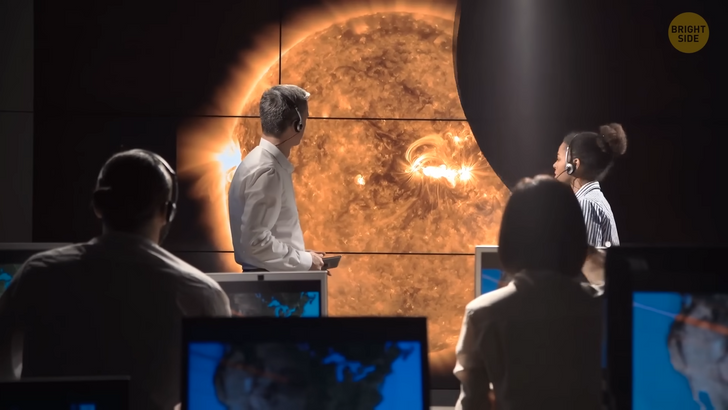
Well, get ready for a show like no other, folks! When a star collapses under its own weight, it unleashes a cosmic firework of epic proportions. The star releases a crazy amount of energy in the form of light and heat. Betelgeuse’s supernova is going to be extra special. It’s like the superstar of supernovas! It will shine so brightly that it might even outshine the other stars in the sky.
Picture that — Betelgeuse stealing the spotlight! This show could be so bright that you won’t need a telescope to catch a glimpse. Nope, you’ll be able to see it with a naked eye. It might even be visible during the day, making the sky look like it’s hosting the coolest rave ever. After that, the supernova will keep us entertained for weeks. It will be like having a second moon in the sky, shining as bright as the full thing. Imagine that — two moons dancing together in the night!
After several weeks of lighting up the night sky, Betelgeuse’s supernova will slowly fade away. But it would leave behind a souvenir — an ethereal remnant. It’s like a fading memory of the star’s epic performance. This remnant, too, would slowly fade away over the course of several months. But it’s not just about the light show.
The “boom” will send out powerful shockwaves, and we might actually feel them right here on Earth. It’s like the universe giving us a gentle tap on the shoulder, saying, “Hey, look at this amazing spectacle!”. How dangerous will it be for us? Well... We know that Betelgeuse’s supernova would send dust and gas shooting into the atmosphere. It’s like a big space sneeze. And this sneeze could cause a decrease in global temperatures. We’re talking serious climate impact here!
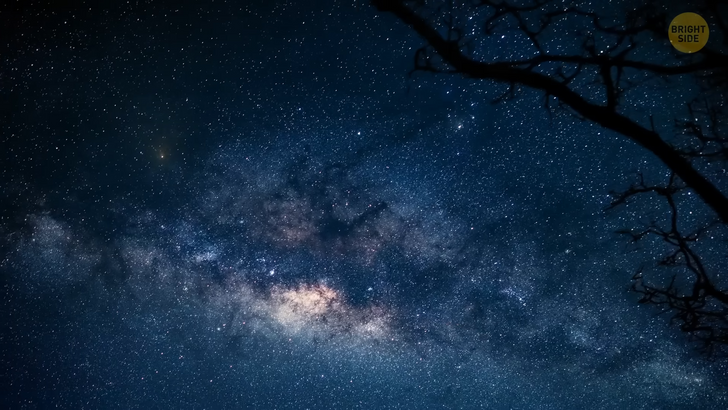
It could even lead to a mini ice age. But these are just assumptions — we don’t know for sure if the consequences will really be that serious. But, of course, we want to be prepared for this event just in case. That’s why scientists are studying Betelgeuse closely. But, in addition to serious scientific research, astronomers also have a blast of celestial comedy. Jokes are flying left and right! Someone has even created a “Betelgeuse status account” which you can check yourself.
So, as you can see, the star is keeping us on our toes. Astronomers keep observing it, and they need our help too! They want us to keep an eye on Betelgeuse and report any changes we see. How do you do that? First off, channel your inner astronomer and observe Betelgeuse. Take a peek at the star and note down what you see. Is it twinkling, shining, or feeling a bit dim? Jot it all down!
Then, be a superstar yourself and report your observations to the astronomers. Your observations will help them track Betelgeuse’s journey towards its big supernova moment. You can also join in on some citizen science projects. They’re super fun and easy, trust me! One cool project you can jump into is the Betelgeuse Brightness Monitor. By participating, you help scientists keep tabs on how bright Betelgeuse is shining. Your contribution can make a real difference!
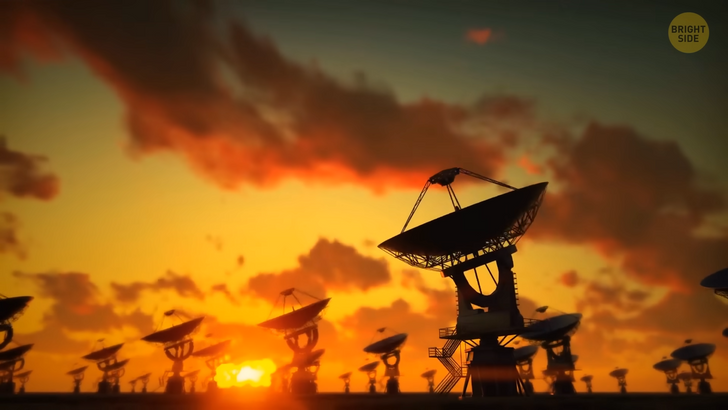
So, join the monitoring team. You’ll be part of something amazing, and who knows, your observations might even help predict when Betelgeuse will show off its supernova magic. By doing that, we can assist them in monitoring this superstar and learn more about the fascinating world of stars. But that’s how we can help scientists to predict this event. Now, how can you personally prepare for it? First things first, you’ll need the right gear to catch all the supernova action.
A trusty telescope is like your front-row ticket to the starry show. It’ll bring you up close and personal with Betelgeuse’s performance. And remember, you’ll need special eyewear to shield your eyes from the intense burst of light. Safety first! And, of course, prepare in case it decides to mess with our climate.
Stock up on essentials, like warm clothes and supplies, just in case we experience a mini ice age. (But let’s just hope it won’t happen). So, keep your eyes on the night sky, my friends! Betelgeuse may not be ready to blow up just yet, but when it does, it will be a sight to behold. Until then, let’s enjoy the twinkling stars, and remember, there’s always something extraordinary happening in the vastness of space!




